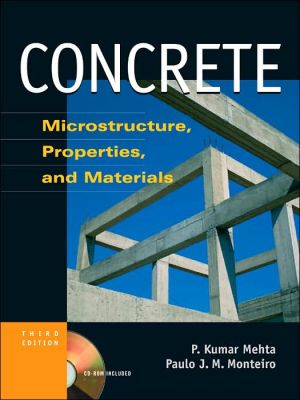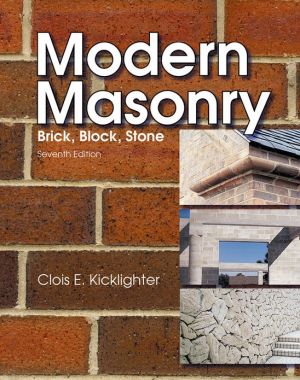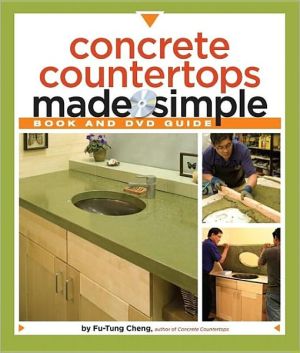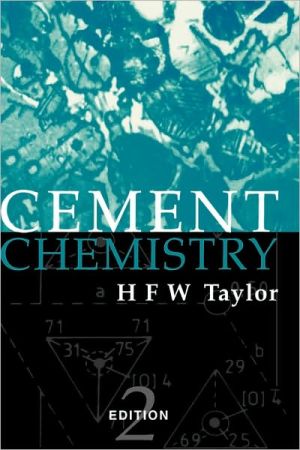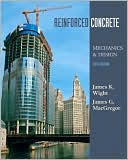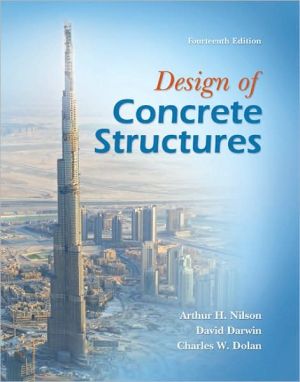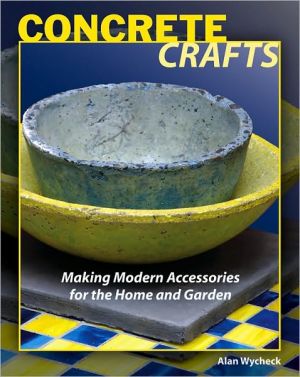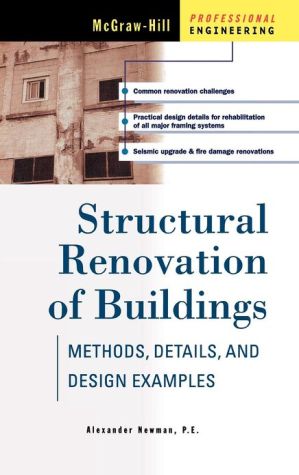Concrete: Microstructure, Properties, and Materials
This textbook presents the art and science of concrete in a simple, clear, hands-on manner, focusing on the following: Cement and concrete are predicted to be the premier building material of the 21st Century; Includes unique diagrams, photographs, and summary tables; Updated to include new chapters on non-destructive methods for concrete; future challenges in concrete technology; an increased number of examples of concrete applications; and new developments in durability.
Search in google:
CD-ROM with 1000+ PowerPoint slides, videosbonus material, and moreThe Definitive Text on Concrete –- Fully revised and updatedThis comprehensive resource presents the properties, behavior, and technology of concrete in a straightforward and hands-on manner. The Third Edition of Concrete: Microstructure, Properties, and Materials offers a three-part approach, beginning with a section on the microstructure and properties of hardened concrete, followed by a several chapters on concrete-making materials and concrete processing, and concluding with the latest advances in concrete technology, mechanics, and nondestructive testing methods. Each chapter opens with a preview of the material to be covered and closes with a self-test to reinforce the topics learned in the chapter. The book is filled with hundreds of diagrams, photographs, and tables.New Coverage of:Nondestructive testing methods for concrete New developments in concrete durability High-performance concrete, self-consolidating concrete, high-volume fly-ash concrete Future challengesThe CD-ROM contains:Line drawings used in the book 1000+ PowerPoint slides 47 short videos illustrating many topics presented in the book Bonus materials not found in the bookEverything You Need to Know About Concrete, Including:Introduction to Concrete • Microstructure of Concrete • Strength • Dimensional Stability • Durability • Hydraulic Cements • Aggregates • Admixtures • Proportioning Concrete Mixtures • Concrete Processing and Properties at Early Ages • Nondestructive Test Methods • Recent Advances In Concrete Technology • Special Types of Concrete • Advances in Concrete Mechanics • The Future Challenges in Concrete TechnologyP. Kumar Mehta (Berkeley, CA) is a Professor Emeritus in Civil and Environmental Engineering at the University of California at Berkeley. Before his retirement, he held the Roy W. Carlson Distinguished Professorship. His educational background includes an undergraduate degree in chemical engineering from Delhi (India), M.S. in ceramic engineering from North Carolina State University and Doctor of Engineering in material science and engineering from the University of California, Berkeley. He developed fundamental research on the cements and he is a world expert in the development of "green concrete."Paulo J. M. Monteiro (Berkeley, CA), professor and group leader of the Structural Engineering Mechanics and Materials Group, Department of Civil and Environmental Engineering at the University of California at Berkeley, received his engineering degree from the University of Sao Paulo and master and Ph.D. degrees from U.C. Berkeley. Dr. Monteiro's professional experience includes working on a number of projects using mass concrete. Recent projects include working with roller-compacted concrete and architectural concrete. At U.C. Berkeley, he and his students are creating micromechanical models, characterizing deleterious reactions in concrete, and developing new microscopic techniques, such as low-temperature scanning electron microscopy, soft x-ray microscopy, and direction cooling. Dr. Monteiro has published over one hundred articles in archival journals.
Part 1 - MICROSTRUCTURE AND PROPERTIES OF HARDENED CONCRETEChapter 1: IntroductionChapter 2: Microstructure of ConcreteChapter 3: StrengthChapter 4: Dimensional StabilityChapter 5: DurabilityPART 2 - CONCRETE: MATERIALS, MIX PROPORTIONING, AND EARLY-AGE PROPERTIESChapter 6: Hydraulic CementsChapter 7: AggregatesChapter 8: AdmixturesChapter 9: Proportioning Concrete MixturesChapter 10: Concrete at Early AgesChapter 11: Non-Destructive MethodsPART3 - RECENT ADVANCES AND CONCRETE IN THE FUTUREChapter 12: Progress in Concrete TechnologyChapter 13: Advances in Concrete MechanicsChapter 14: The Future Challenges in Concrete TechnologyINDEX
